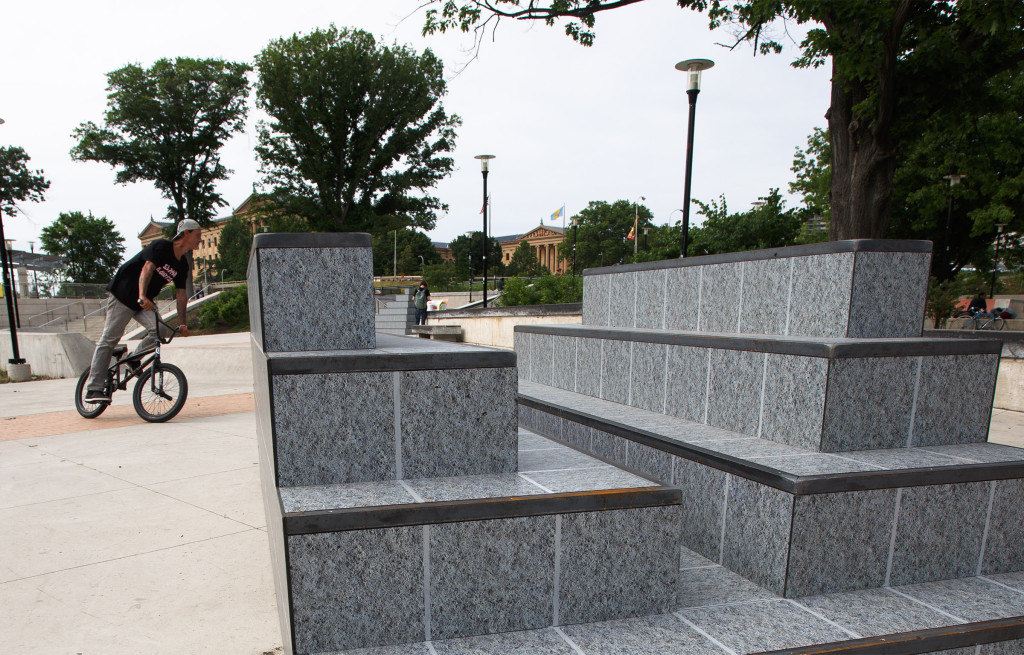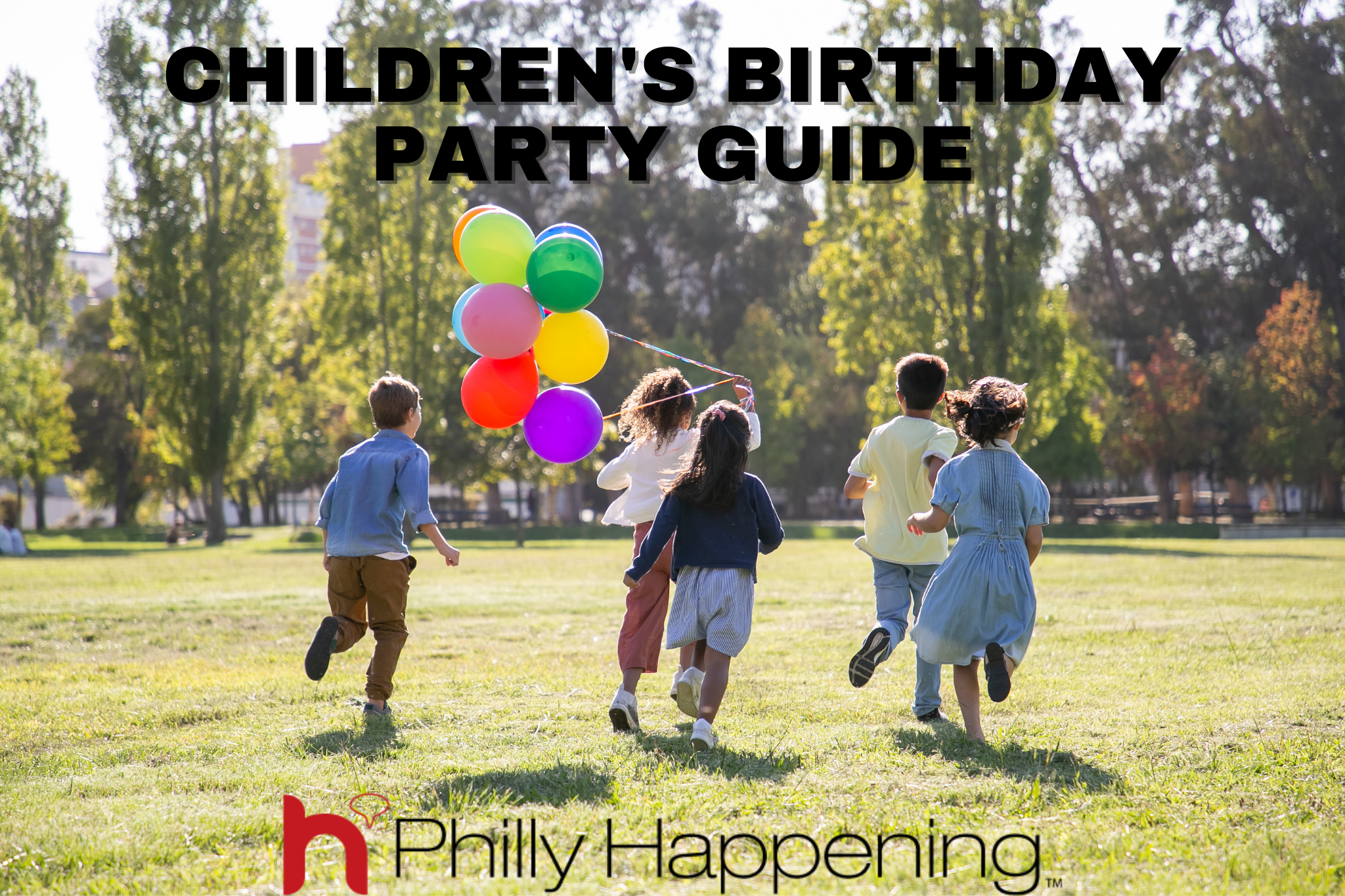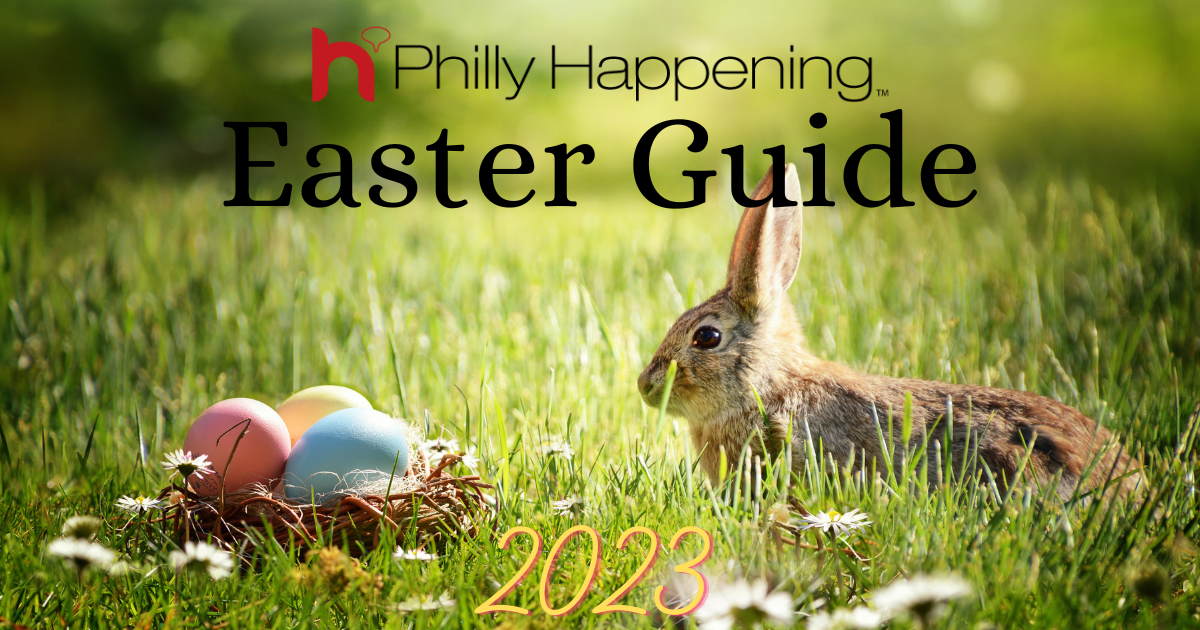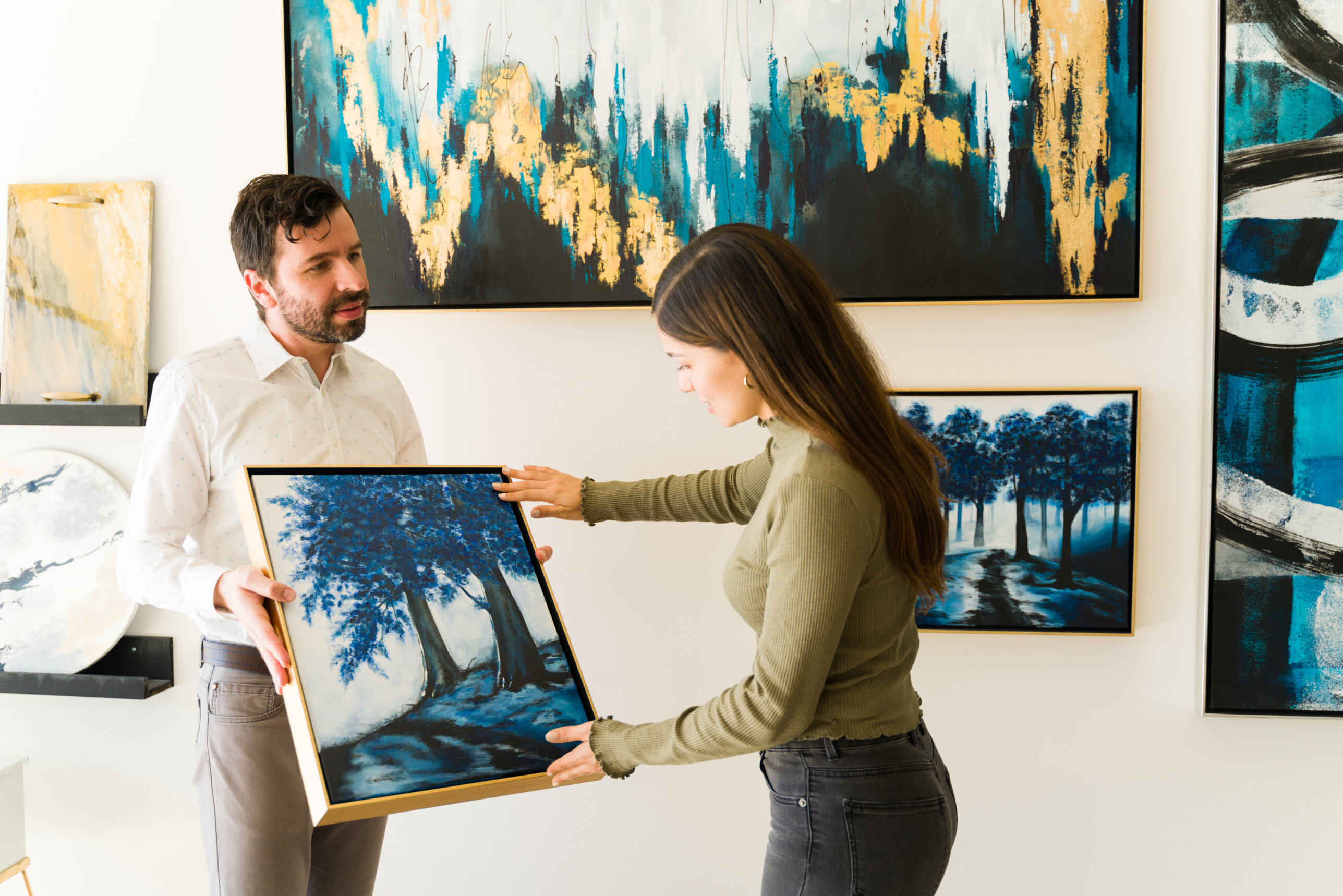
This year marks the first year of Philadelphia’s Open Source, a project spearheaded by curator Pedro Alonzo. He, along with the folks behind the city’s Mural Arts Program sought out to curate an art initiative that would “engage audiences in a public space.” The result, Jonathan Monk’s Skateable Sculptures.
Monk, whose sculptures will be the first of many works to grace the City of Brotherly Love, is among 14 local and international artists that will be taking part in the Open Source project. The list includes Shepard Fairey, JR, the Dufala Brothers, SWOON, and more. Each artist will, through their particular mediums, create and oversee new public art projects that will focus on shedding light on Philadelphia’s diverse urban identity. Open Source will be unveiling more projects from the aforementioned artists over the course of five months, resulting in a citywide exhibition of that will be complete in October 2015.
Monk was given the opportunity to launch the project with his Skateable Sculptures at Paine’s Park, a Tony Hawk Foundation skatepark that is just a few pushes away from Philadelphia’s Museum of Art. Monk is known for his appropriation of work by notable artists, and this time around his Skateable Sculptures reference the work of Minimalist and Conceptual artist Sol Lewitt. The two sculptures created by Monk were inspired by the sculpture garden found at the entrance of the museum, overlooking Paine’s park. By making these works skateable Monk also references the city’s rich history in skateboarding.
Hear what Monk has to say about the sculptures and how significant skateboarding truly is to what he created.
When it comes to your work how do you go about selecting the artists that you reference in your pieces?
Natural selection—certain things seem to simply present themselves.
Have there been any artists that have reached out to you after seeing your appropriations of their work?
Not exactly… Although, Jeff Koons did go and see my Deflated Sculptures exhibition in New York in 2009. I showed a selection of highly polished stainless steel rabbits in various states of deflation. He wrote a short comment in the guest book: “Just like mine…”
You like to create work that in some way allows for people to interact more with the art rather than just look at it, right?
My work often takes on some kind of performative aspect. I’m just trying to think of a work that involves direct interplay with the audience or similar. Not easy. I imagine that the specific context generally creates the situation. In some ways, the site helps determine the work.
When you were growing up did you skateboard? Do you still skate these days?
Not really, and no. I was too busy playing football (soccer).
Your approach to your work is similar to a skateboarder’s approach to their environment. You take what is established or “not to be touched” and make it your own. Has this ever occurred to you before? Was it the reason your pieces for Open Source incorporate skateboarding and skateboarders?
Perhaps. But in this case I was specifically invited to make a skateable sculpture for Philadelphia. The skatepark’s location helped, so I drew direct parallels to the Philadelphia Museum of Art’s small sculpture park, a short skate from Paine’s Park.
When creating the Open Source sculptures did any other artists come to mind other than Sol LeWitt?
My very first thought was to cite the fallen figure of Rocky within the skate park. The fallen warrior, but this character’s importance to Philadelphia was too sensitive to play with. There are a number of artists whose work could probably have been skated on, but I actually think Sol would have been OK with the idea.
You’ve noted that your installation won’t be complete until it has been skated on. Are you excited to see what the end result would look like?
The work will be complete when the skaters start to try and use it, I just hope nobody hurts themselves. It does seem to be pretty dangerous.
Will this inspire you to create more work that is more collaborative than your usual approach?
Probably. But somehow everything I do is collaborative. I am often relying on fabricators and my instructions are always a little vague. The recipe is often the same, but the results vary tremendously. But I am generally happy with the finished product. And with this particular project, it is not so important how the sculptures look but how they function—and as I can’t skate, I have no idea whether they work or not… We wait and see.
To learn more about Philadelphia’s Open Source Project click here.
Original article by Gregston Hurdle with Green Label.





